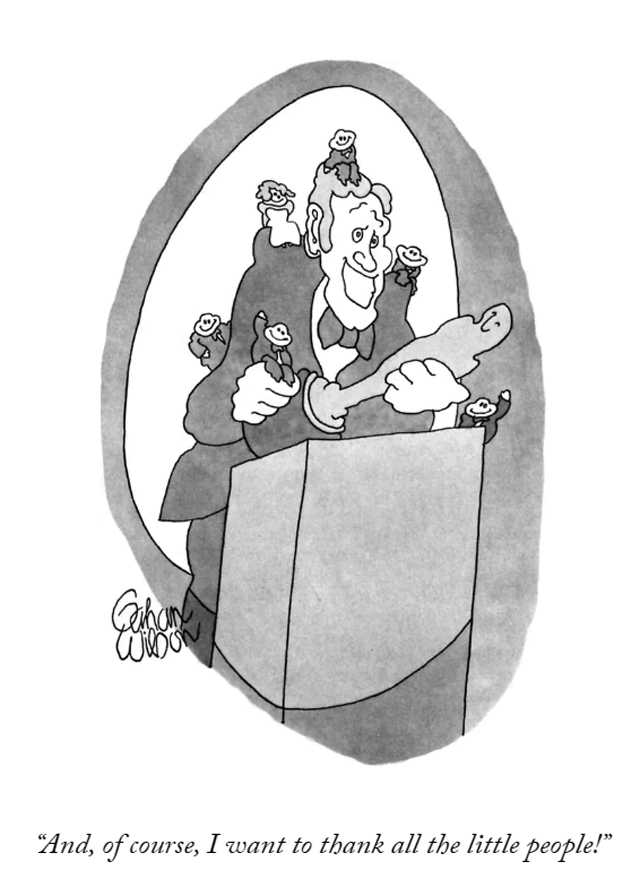CSotD: Science in the News
Skip to comments
I think Eric Carle — having faked his own death to escape the world of children’s books — has taken over the world of astronomy. Perhaps Neal DeGrasse Tyson was too technical, but Jeremy Banx is only touching on the ways in which complex ideas are being simplified for a general audience.
It’s not just that this blackhole is reported by the BBC under the headline “Brightest and hungriest black hole ever detected.” It’s that, when you get two sentences into the news story, you are told that “the object’s power was confirmed in observations by the Very Large Telescope in Chile.”
Whence you can do a little Googling around and discover that, yes, that’s its name. And that it’s a pretty cool telescope, because, in addition to being, in scientific terms, very large it’s also paranal, which doesn’t seem like it would go comfortably with “very large,” but trust me, it’s okay.
Best of all, you don’t have to go to Chile to see the brightest and very hungriest black hole ever detected, because there’s an app you can get that will point to it. You’d have to squint hard, but once you know the right direction to look, you should do all right.
As long as the black hole doesn’t pull your phone out of your hand as soon as it gets lined up.

And speaking of science you can use, xkcd reminds us all to change our measure of a light year to be consistent with a 366-day year.
Accuracy matters, after all, unless you’re talking to an audience convinced that “parsec” is a measure of time, at which point the number of parsecs in the current light year can be rounded to the nearest perihelion.
Not to worry: There is always someone willing to overthink matters.
Sciencey Juxtaposition of the Day


The idea of letting Elon Musk stick things in my brain starts us off on the wrong track, because who would do that? There’s a reason both Dr. Moreau and Dr. Mengele worked with captive audiences.
Then again, Chuck Barris used to say you could create a TV show in which people in the audience would have the chance to shoot a child’s puppy for money, and the kicker is that, as they bid the job down, eventually someone would eagerly do it for free, just to be on television.
I imagine there are all sorts of people who would happily let Elon mess with their brains simply for the honor of it all.
If Elon Musk says it’s raining, you’d better look out the window. But, even if he’s telling the truth about his magical brain chips, I’d be cautious. There are already prosthetic limbs that people control with their brains, and we’ve seen how his self-driving cars perform.

Still on science with this Free Range (Creators), because it happened to pop up just after I mentioned interviewing an expert on plate tectonics and tsunamis after the 2004 tsunami in the Indian Ocean.

It was a fascinating interview, but I was writing for kids, so much of what he told me didn’t end up in the story, which, BTW, is typical of all reporting.
But I mentioned the Jamaicans who often harvested apples in New York while hurricanes were whipping their homes, and that most of them had concrete homes which withstood the damage.
He told me that, in some islands in the Indian and South Pacific, the concrete houses of the well-to-do also withstand storms, but that they crumble in earthquakes, while the crude wooden homes of poor folk bend but don’t break when the earth trembles. Which makes them wonder what the rich have done to make the gods so angry.
It seems at least whimsical if not downright funny when Bill Whitehead draws it. But, yeah, that’s kind of how it works: Man proposes and God disposes.

From pleasant work memories to the opposite, the Duplex (AMS) reminds me of “Lunch with the Editors” in which, once a year, you would go to a restaurant to be flayed alive while you attempted to choke down a meal.
Next job was much better, because the performance review there was a one-size-fits-all questionnaire from Corporate, so my boss would read me each question, we’d come up with answers that made us both laugh, and then we’d try to puzzle out a response that wouldn’t get the form booted back in our laps.
Dubious Decision Award


The New Yorker has recently begun occasionally going thematic with its weekly selection of cartoons. Two weeks ago, they did all Valentines Day cartoons and their current selection is of Oscar-related cartoons.
It’s not working.
The problem is that, given the New Yorker’s consistent sense of what’s funny, they need a variety of topics to make each cartoon stand out. When they offer 21 cartoons on the same topic, it tends to come across as 21 variations on the same gag, and if you didn’t crack up over #1, you won’t likely fall out of your chair at #21.
However, it’s an ill wind that blows no good, and at least now we have a bit of a clue as to how long the New Yorker will hold a cartoon before running it, given that Wilson died in 2019 and Booth died in 2022.
I do hope they pay on acceptance and not on publication.

I’ll admit to a feeling of not getting today’s Speed Bump (Creators), but I did come up with an odd association that makes it work for me. Possibly not for anyone else.
But back at the dawn of time, O Best Beloved, I can remember going to restaurants where your meal was almost always garnished with a spiced apple ring. This recipe recommends coloring, but I’ll bet the old timey ones used beet juice.
Whether they were on the plate because it was the 1950s or because I spent a lot of time in Pennsylvania Dutch country, I can’t say.
The little sprig of parsley was to clean your breath at the end of the meal, but I have no idea what the spiced apple ring was for, unless it was God breaking down our resistance to temptation.
In which case, I guess it worked.


Comments 4
Comments are closed.